General Overview of DEET CAS Nr. 134-62-3
N,N-Diethyl-meta-toluamide, abbreviated as DEET, is a widely used insecticide. Spray it on the skin or clothes to avoid insect bites. It also contains human sweat and breath, which works by blocking 1-octene-3-ol, which blocks insect olfactory receptors. The more popular theory is that DEET effectively makes insects lose their sense of special smell to humans or animals. As people initially guessed, DEET did not affect the insect's ability to smell carbon dioxide. At room temperature, DEET is [1] a colorless or light yellow liquid. It can be made from diethyl and methyl benzoic acid. It can also be made from acid chloride and ethylamine. Therefore, the ability of mosquitoes to find targets through their special sense of smell can be largely eliminated, rather than completely eliminating mosquitoes.
Find product details about CAS 134-62-3 DEET including physical characters, TDS MSDS,COA etc. Also search for the market information of CAS 134-62-3 DEET suppliers, manufacturers, price, vendors, exporters. If you want to find reliable Deet suppliers, please feel free to contact sales@tnjchem.com
N,N-Diethyl-meta-toluamide CAS 134-62-3, also called DEET, N,N-Diethyl-3-methylbenzamide or diethyltoluamide, is the most common active ingredient in insect repellents. It is a slightly yellow oil intended to be applied to theskin or to clothing, and provides protection against mosquitoes, ticks, fleas, chiggers, leeches, and many biting insects.
Specification
Appearance Straw yellow and limpidity liquid
Refractive Index (25℃) 1.5200~1.5240Acidity (PH),mlNaOH/g ≤0.40
Specific Gravity 0.996~1.002
Water,% ≤0.50
Assay, % 98.0~103.0
Application
DEET is the active ingredient in many insect repellent products.
DEET is used to repel biting pests such as mosquitoes and ticks, including ticks that may carry Lyme disease.
Packaging
200 kgs/drumx80 drums=16 tons/1x20' FCL with pallets or without pallets;
25 kgs/drum.



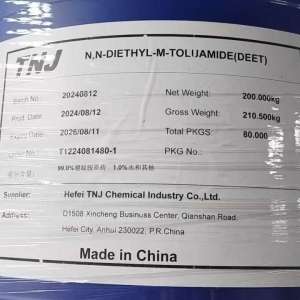

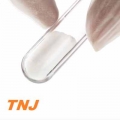
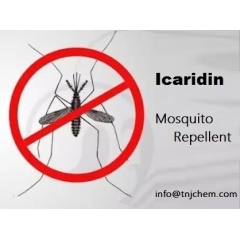
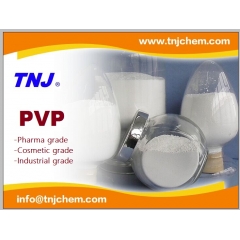
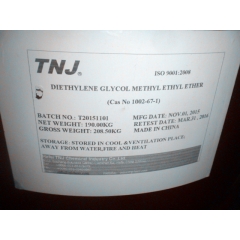
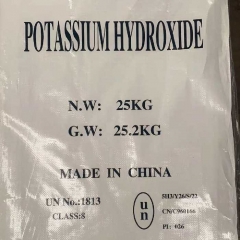
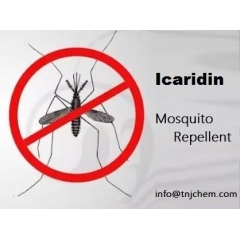
 chemical.tnj
chemical.tnj +8618949823763
+8618949823763 tnjchem
tnjchem 2881500864
2881500864